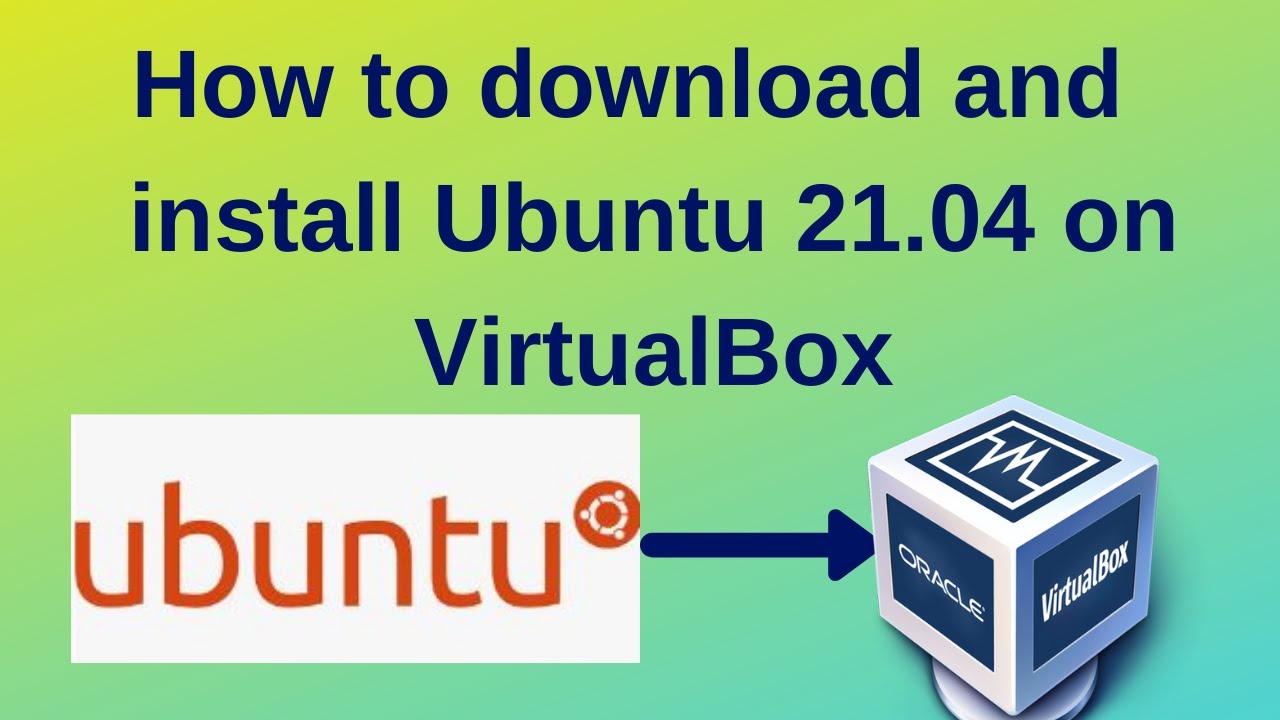

I installed Ubuntu Server instead of Ubuntu Desktop because I wanted to run a lightweight Linux environment, which should save laptop resources. I intend to run my application in a Linux environment, so instead of learning the intricacies of porting my code and makefile to Mac OS X, I decided to install a local Ubuntu Server virtual machine (VM) on my MacBook. For example, right now I'm trying to develop a Boost Python module, and I am having trouble compiling it on OS X.
:max_bytes(150000):strip_icc()/001_run-ubuntu-within-windows-virtualbox-2202098-140e692d9f614d2ea61dcf3a59d1c199.jpg)
While the OS X experience is wonderful, application development can be frustrating. It's my personal laptop, so I use it for everything - browsing, e-mail, and programming. My laptop is a late 2011 MacBook Pro running OS X 10.9 Mavericks. Host Only Adapter, is similar to virtual network, but allows talking to the host (not the internet).įor this example, we’ll go with NAT Network, as it’s simple to set up and the most versatile of the bunch, offing a balance of connectivity and isolation.Ubuntu Server Virtual Machine with SSH using VirtualBox on Mac OS X.This is useful for modelling real networks, but isn’t suitable for most use cases. Virtual Network, which connects multiple instances in an isolated virtualized network.

This can work even with only one Wi-Fi/Ethernet connection, but if you’ve got a network card with multiple Ethernet ports, you can assign an entire interface directly to a VM. The VM has an actual IP address on your network. Bridged, which bridges the physical connection straight to the VM.The NAT network acts as a virtual subnet. NAT Network, is similar to NAT, except the network is shared among the VMs, and they can talk to each other.This doesn’t allow VMs to talk to each other, and doesn’t allow host-to-guest contact unless port forwarded. NAT, the simplest, which simply allows the VM to communicate to the outside world using network address translation (NAT).Next, we’ll create the network that this VM will use. Sudo VBoxManage modifyvm "Ubuntu" -largepages on Then, flip some performance-related switches to prevent slowdowns from excess RAM usage: sudo VBoxManage modifyvm "Ubuntu" -nestedpaging on Sudo VBoxManage storageattach "Ubuntu" -storagectl "IDE Controller" -port 0 -device 0 -type dvddrive -medium "/home/user/Ubuntu.iso" sudo VBoxManage storagectl "Ubuntu" -name "IDE Controller" -add ide -controller PIIX4 This assumes your ISO is located at /home/user/Ubuntu.iso, so change it accordingly. We’ll do the same for the disk that will hold the ISO to install the OS. Sudo VBoxManage storagectl "Ubuntu" -name "SAS Controller" -hostiocache on Sudo VBoxManage storageattach "Ubuntu" -storagectl "SAS Controller" -port 0 -device 0 -type hdd -medium "Ubuntu.vdi" Sudo VBoxManage storagectl "Ubuntu" -name "SAS Controller" -add sas -controller LSILogicSAS


 0 kommentar(er)
0 kommentar(er)
